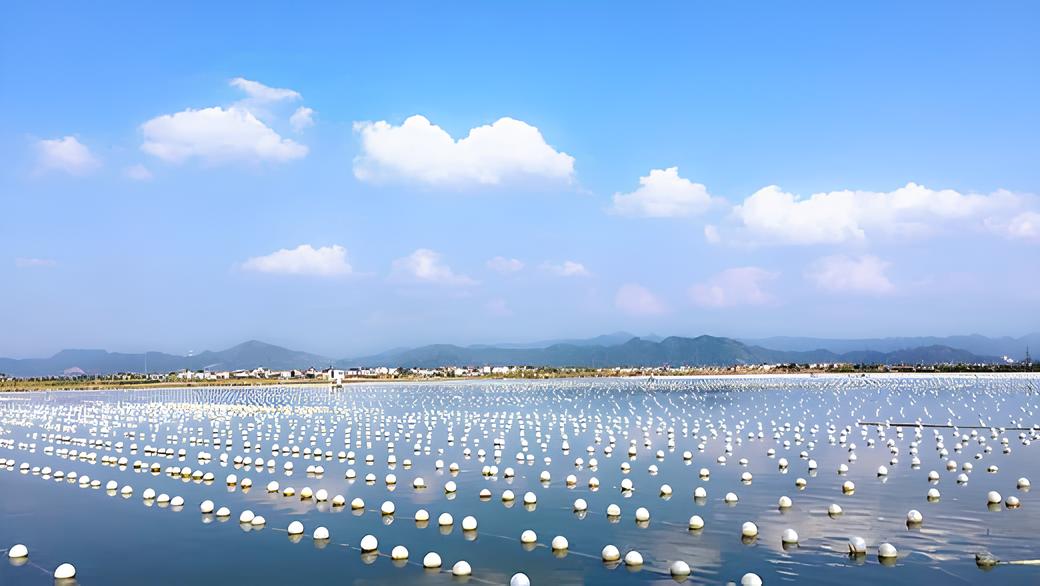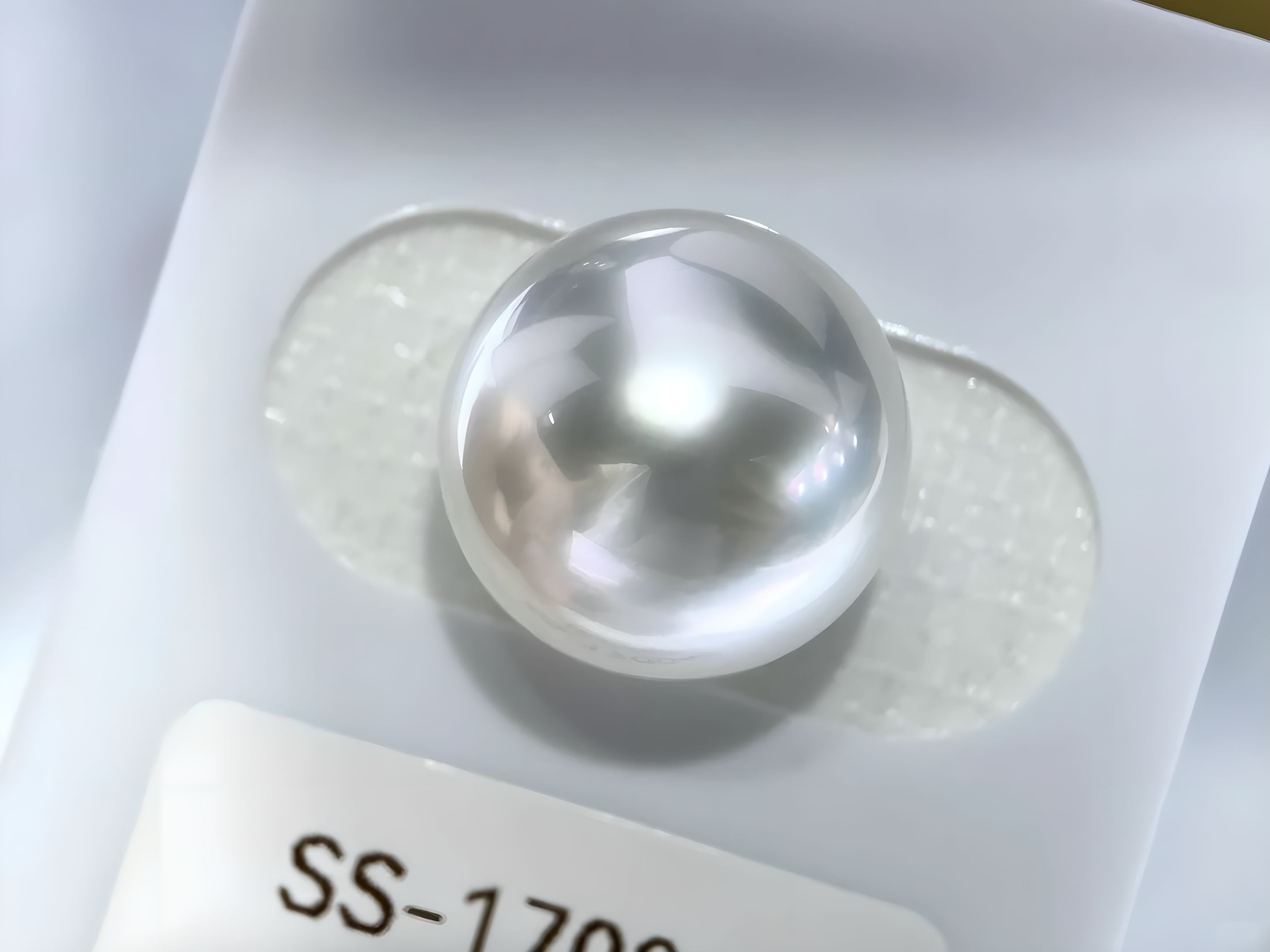
How Climate Change Impacts Pearl Density and Quality?
How Climate Change Impacts Pearl Density and Quality
Engaging Introduction
Have you ever wondered how the subtle whispers of climate change could impact the shimmer of your luxurious pearl jewelry? As the world’s climate ebbs and flows with dynamic fervor, it undoubtedly influences various natural ecosystems—an intriguing factor for those engaged in the trade of pearls. This dance of climate phenomena may hold the secret to understanding pearl density, an aspect crucial for assessing the quality and allure of these lustrous gems.

Understanding Pearl Density: A Fundamental Primer
Pearls are nature’s exquisite gems, formed within mollusks through a mesmerizing process. At the heart of pearl quality lies its density, which signifies not only the gem’s durability but also its nacreous brilliance. Pearl density is a reflection of the environmental conditions during its formation, making it an area of significant interest for both marine biologists and pearl enthusiasts alike.
The Science Behind Pearl Formation
The creation of a pearl begins when an irritant enters an oyster, triggering the secretion of layers of nacre. This iridescent substance intricately coats the irritant, eventually forming a pearl. The density of this nacre depends on various factors, with climate phenomena playing a pivotal role.
Climate Phenomena and Their Role in Pearl Formation
Ocean Temperature and Its Impact
Rising global temperatures—an unequivocal result of climate change—affect oceanic conditions significantly. According to NOAA, warmer waters can accelerate the metabolism of mollusks, potentially altering the rate at which nacre is deposited. This can result in pearls that deviate in density, impacting their quality and valuation in the market.
Ocean Acidification: A Hidden Threat
Ocean acidification, driven by increased CO2 levels, is another climate phenomenon reconfiguring marine landscapes. A report by the IPCC highlights this as a growing threat to calcifying organisms like oysters. Acidified waters can hinder the mollusk’s ability to produce robust calcium carbonate layers, potentially leading to less dense pearls.
The Influence of El Niño and La Niña
The cyclical climatic events of El Niño and La Niña illustrate nature’s intricate influence on pearl production. These phenomena can cause significant fluctuations in sea temperatures and salinity levels, impacting the growth conditions for pearl-forming oysters. Research from the Woods Hole Oceanographic Institution suggests that such conditions can have a tangible impact on nacre deposition rates and pearl density.
Balancing Beauty and Complexity
The allure of pearls lies in their natural beauty and the elegance that comes with wearing something that emerged through the wonders of nature. However, like many luxury goods connected to natural processes, pearls are subject to the whims of a changing climate. Embracing these complexities can deepen our appreciation for these gems, adding layers to their significance and value.
Conclusion: A Cohesive Wrap-up
In conclusion, the interplay between climate phenomena and pearl density offers a fascinating glimpse into the marriage of nature and luxury. As climate change continues to unearth new challenges and surprises, its role in pearl formation serves as a microcosm of broader environmental impacts. For pearl wholesalers and enthusiasts alike, understanding these intricate details helps not only in valuing pearls more accurately but also in fostering a greater appreciation for the delicate balance of the natural world.
By grasping how climate affects pearl density, we acknowledge the broader narrative of sustainability in luxury goods—a narrative where nature and craftsmanship meet, creating timeless masterpieces that embody both beauty and complexity.
Keywords:
- Pearl Density
- Climate Change
- Ocean Temperature
- Ocean Acidification
- El Niño
- La Niña



Leave a comment
This site is protected by hCaptcha and the hCaptcha Privacy Policy and Terms of Service apply.